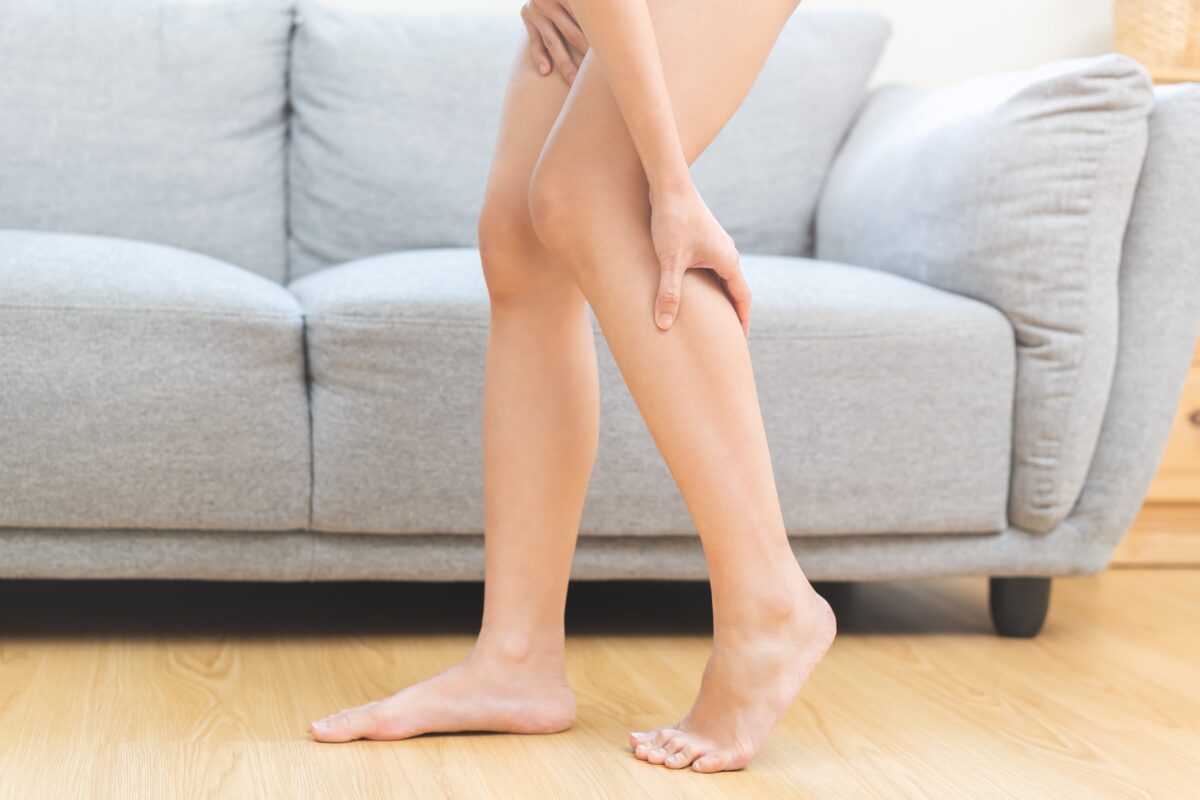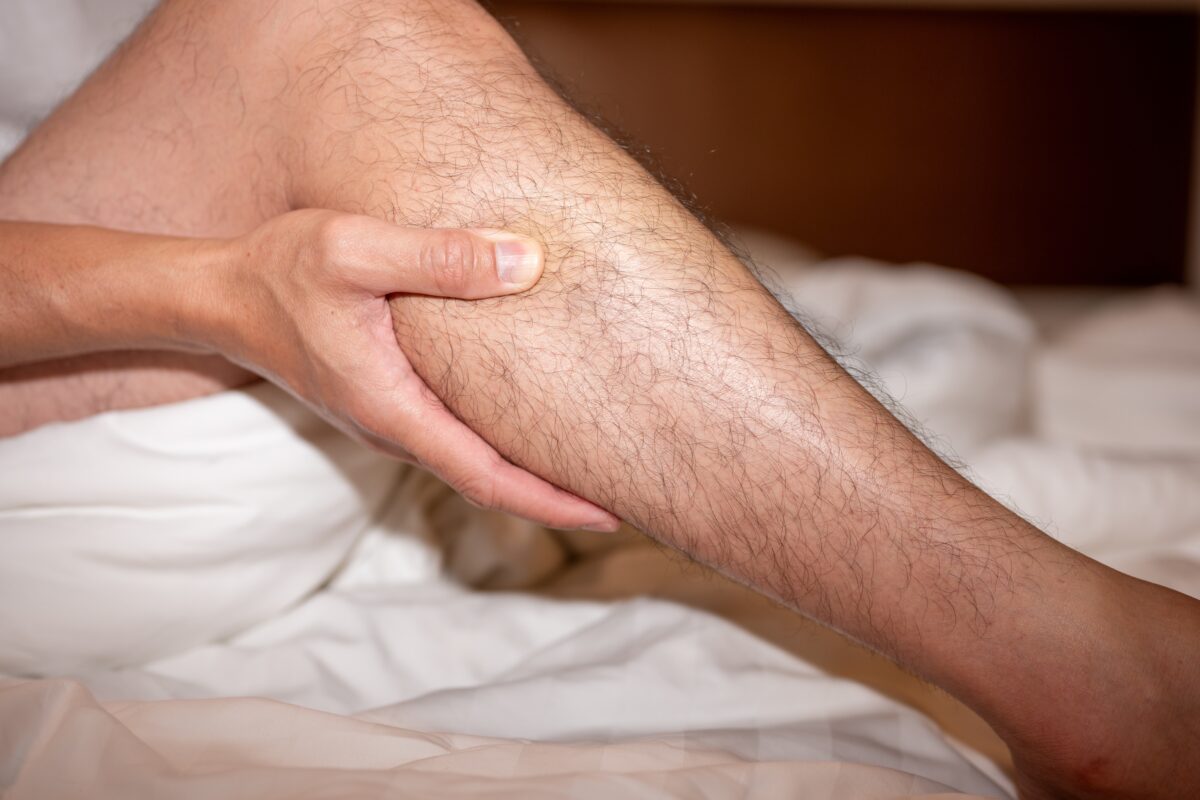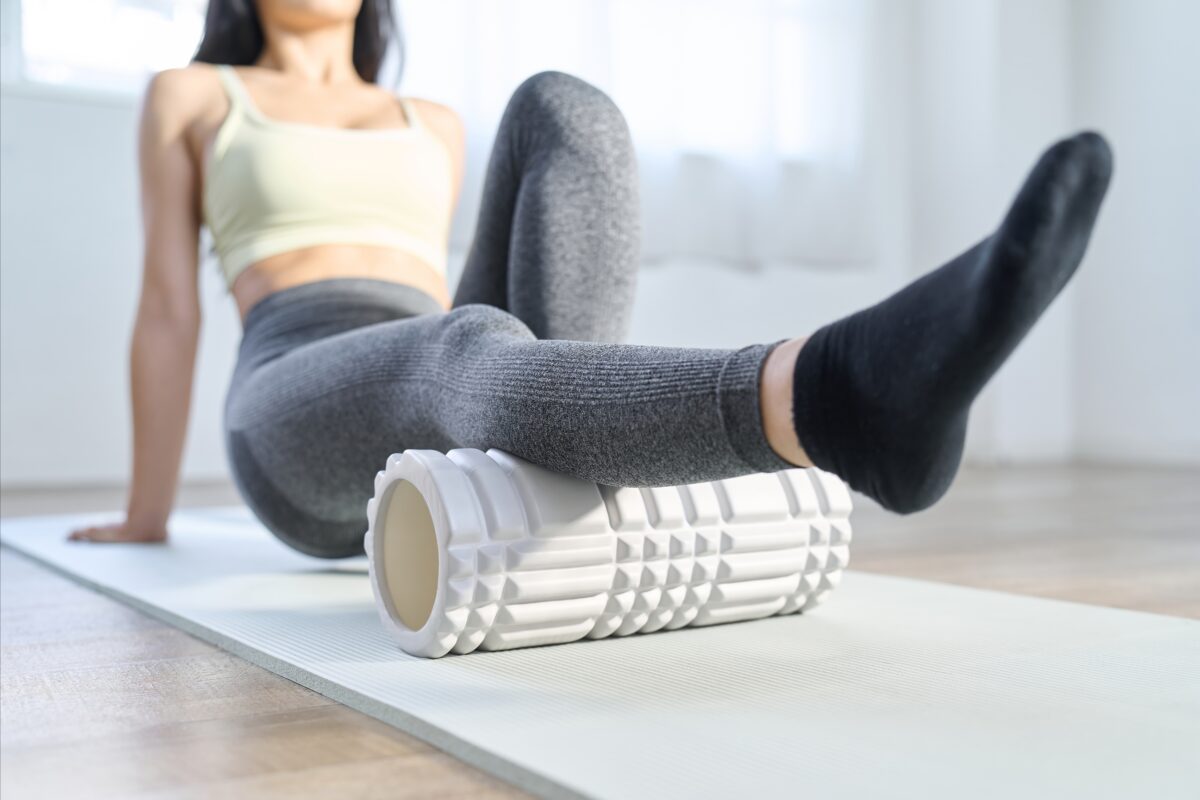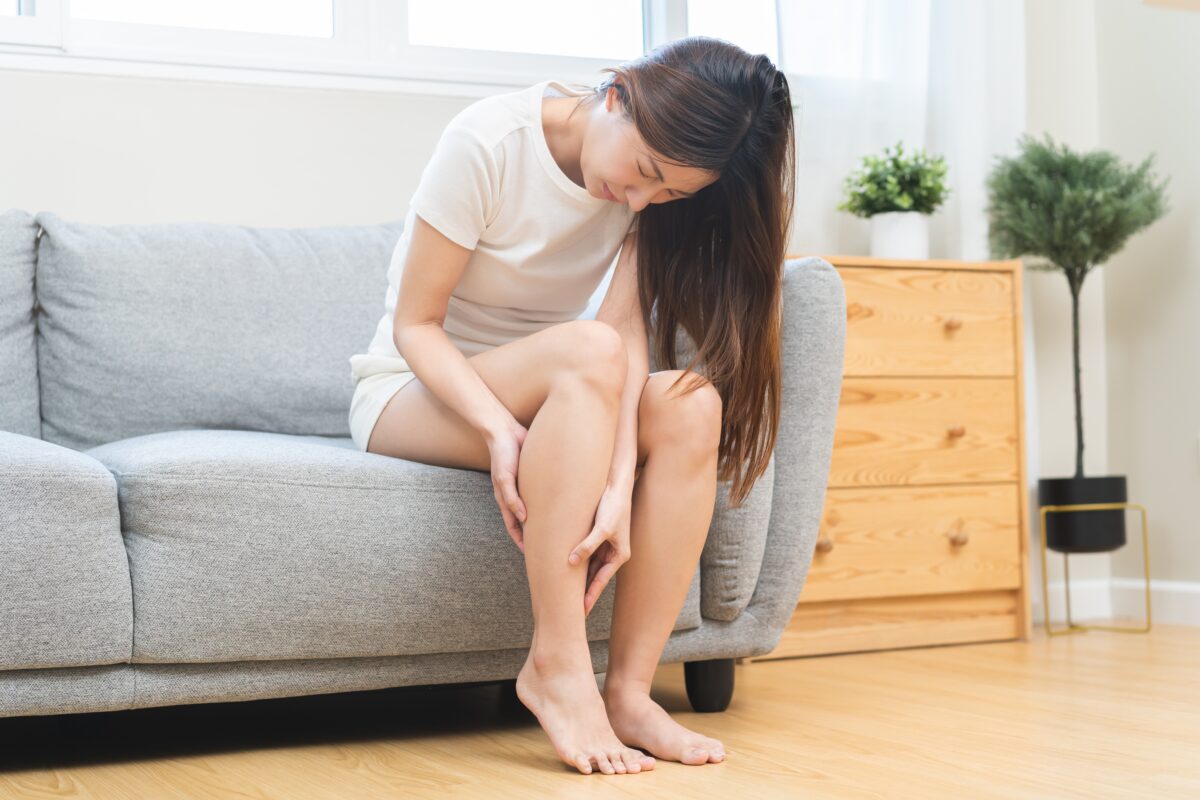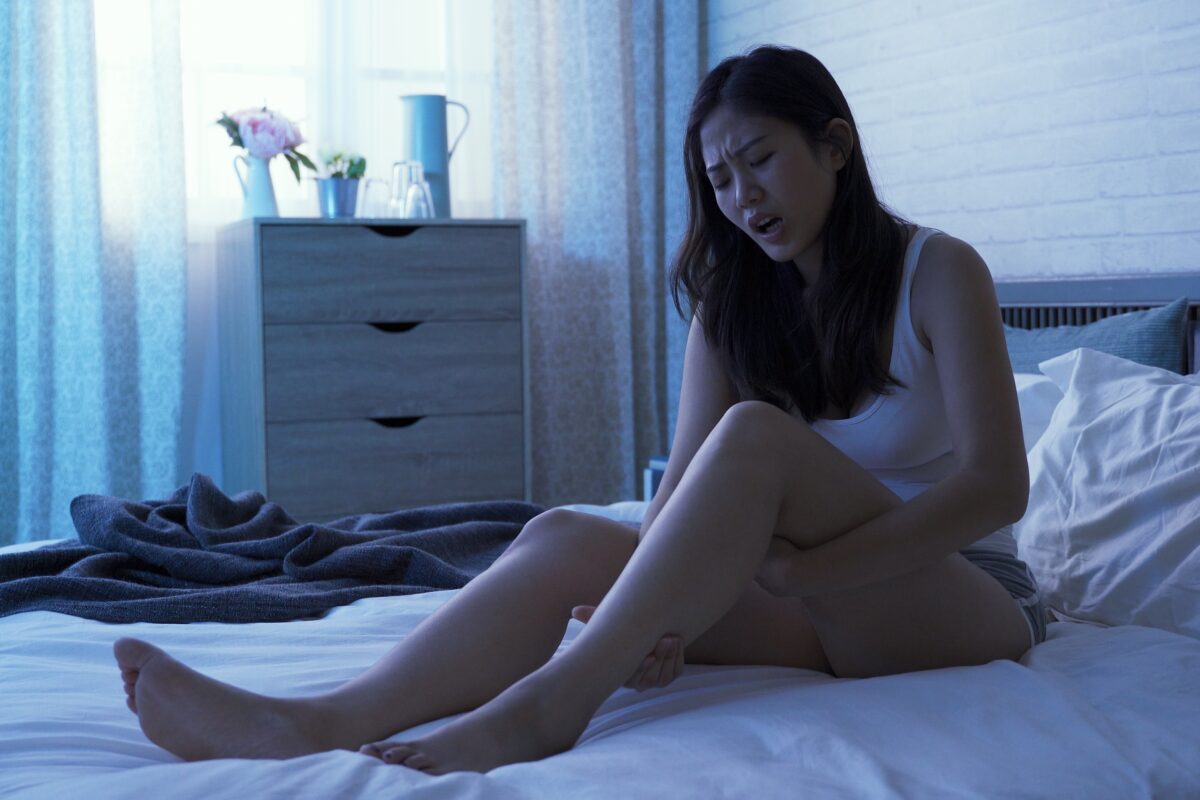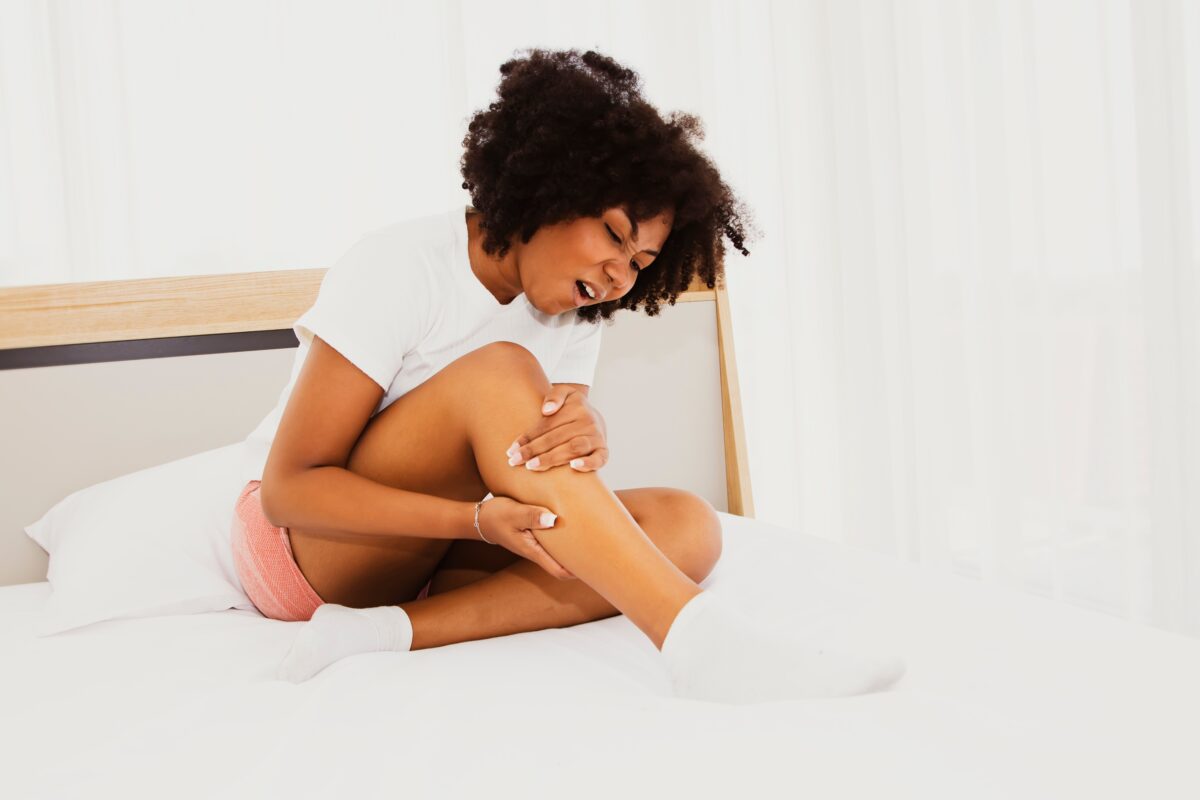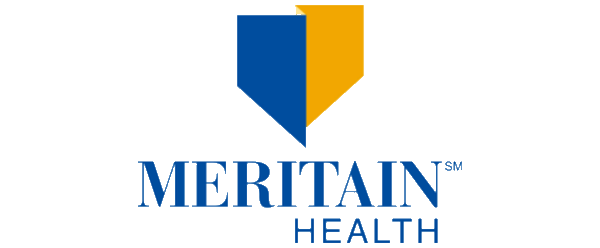A sudden leg cramp at night can stop you cold. The pain is sharp, and the muscle feels locked in place. According to the National Library of Medicine, about 50% to 60% of healthy adults experience leg cramps.
While many people dismiss them as harmless, frequent cramps may signal poor circulation or vein problems. These same issues can also cause visible veins and swelling that change how your legs look.
A leg cramp doctor can pinpoint the cause, ease discomfort, and improve vein health. In this article, you’ll learn why leg cramps occur, when to seek help, and what treatments can restore healthier legs.
What Does a Leg Cramp Doctor Do?
A leg cramp doctor finds out why your muscles tighten and hurt. They focus on how your circulation, veins, and nerves work together.
When one of these systems struggles, your muscles may not get enough oxygen, which leads to cramping.
During your visit, the doctor asks about your daily habits, activity level, and any medications. They check your legs for swelling, color changes, or visible veins.
In some cases, they use an ultrasound to see how blood moves through your veins and detect any blockages or damage.
The doctor aims to find the cause and fix it at its source. Improving blood flow and treating vein issues helps relieve pain and lowers the chance of cramps returning.
Conditions That Can Cause Leg Cramps
A leg cramp doctor focuses on conditions that affect your circulation, nerves, and muscles. These problems often cause repeated leg cramps, muscle pain, and swelling.
Here are the most common causes they address.
- Venous insufficiency: Weak veins struggle to pump blood back to the heart. This leads to poor blood flow, swelling, and nighttime leg cramps. It’s a common reason for pain and visible vein disease, such as varicose veins.
- Peripheral arterial disease (PAD): PAD narrows the arteries and limits oxygen to your muscles. You might feel cramping or a “charley horse” in your calf muscles during physical activity or walking. Rest brings relief, but the cramps return once you move again.
- Diabetes and thyroid disease: These medical conditions can cause muscle weakness, nerve damage, and frequent cramps that disrupt sleep.
- Dehydration or mineral loss: Low levels of magnesium, calcium, or potassium trigger painful cramps after exercise or in hot weather.
Addressing the cause restores healthy blood flow and reduces the chance of future muscle cramps.
How Vein Problems Cause Leg Cramps and Visible Veins
When veins weaken, they can’t move blood from the legs back to the heart as they should. This condition, known as venous insufficiency, causes blood to collect in the lower legs.
The muscles then receive less oxygen, which often leads to leg cramps and calf aches.
As pressure builds inside the veins, the walls expand and start to show through the skin. These changes create varicose veins and spider veins that appear twisted or raised. They may cause mild discomfort after long periods of standing or sitting.
A leg cramp doctor treats these issues by improving blood flow and reducing strain on weakened veins. Once circulation improves, cramps ease, pain lessens, and the legs begin to look and feel better.
When to See a Leg Cramp Doctor
Occasional leg cramps after exercise or a long day are normal. But if they happen frequently or cause severe leg pain, you may need medical attention.
Ongoing cramps often point to vein disease or peripheral artery disease, which both affect blood flow in the legs.
You should see a doctor if you notice:
- Cramps that wake you at night or interrupt sleep
- Swelling or a change in skin color on one or both legs
- A heavy or tight feeling in the calves after standing
- Pain or numbness that appears during physical activity and eases with rest
These symptoms can develop from reduced circulation caused by weakened blood vessels or narrowed arteries.
Over time, poor oxygen delivery to the muscles can lead to cramping, fatigue, and more severe complications if untreated.
How a Leg Cramp Doctor Diagnoses and Treats You
A leg cramp doctor reviews your overall health before recommending treatment. They focus on your circulation, muscles, and nerves, since problems in these areas often cause recurring cramps.
Conditions such as heart disease, kidney disease, and high blood pressure can also contribute, so the doctor checks for those as well.
Leg Pain Diagnosis
Diagnosis begins with questions about your cramps. The doctor asks when they occur, how long they last, and whether you feel severe pain during the night or after exercise.
They also review your exercise routine, current medications, and self-care habits.
Next, the doctor performs a physical exam to look for swelling, skin color changes, or visible veins. If they suspect poor blood flow, they may order an ultrasound to see how blood moves through your veins and arteries.
This helps detect venous insufficiency or atherosclerosis, which can limit oxygen to the muscles and cause nocturnal leg cramps.
For nerve-related conditions such as restless legs syndrome, additional tests measure how your nerves communicate with your muscles.
This helps the doctor determine whether the cramps come from circulation issues or nerve irritation.
Treatment Options
Treatment depends on the underlying cause. For mild cases, doctors may suggest daily stretching, gentle massage, or applying a heating pad to relax tight muscles.
Taking a warm bath before bed can also reduce night leg cramps.
You can help prevent cramps by staying hydrated, avoiding long hours on a hard surface, and resting with your feet flat or slightly elevated to improve blood flow.
If arterial disease restricts circulation, the doctor may recommend vascular surgery to restore normal blood flow and prevent limb loss.
Your healthcare provider will track your progress and adjust treatment as needed. With proper care, most patients regain stronger, healthier legs and experience fewer cramps over time.
What Happens After Treating Vein Disease in Your Legs
Treating vein disease improves both circulation and appearance. Healthy blood flow sends oxygen through the body, helping the muscles work better and easing tightness or cramps.
Patients who visit a leg cramp doctor notice their legs feel lighter and look healthier once treatment begins.
These are the most common outcomes of leg pain treatment:
- Improved blood flow: Healthy veins allow oxygen to reach the calves, which helps prevent nocturnal leg cramps and fatigue.
- Faster recovery: Muscles recover more quickly after strenuous exercise or long periods of standing.
- Lower health risks: Treating vein disease reduces the risk of related conditions such as atherosclerosis and coronary artery disease.
- Healthier appearance: As pressure inside the veins drops, bulging veins fade, and skin tone looks more even.
With consistent treatment and proper self-care, your legs can regain strength, balance, and a natural appearance.
Home Remedies and Self-Care for Leg Muscle Cramps
Daily habits can help relieve leg cramps and keep your legs strong between doctor visits.
While medical care treats deeper causes like vein disease, consistent self-care supports circulation and eases muscle tension.
Try these steps at home:
- Stretch often: Stretch your calf muscles and feet before sleeping or after long periods of sitting. It helps prevent tightness that can cause cramps.
- Apply heat or cold: Use a warm bath or apply heat with a pad to relax muscles. Place an ice pack on the area to ease swelling after activity.
- Drink water: Stay hydrated to help your muscles contract and relax properly.
- Move regularly: Walk or shift your weight during the day to promote blood flow and prevent stiffness.
- Wear supportive shoes: Choose shoes that support your feet and cushion the calves. This reduces stress on your lower legs.
If cramps persist or appear with other symptoms like swelling or changes in skin color, contact a doctor. Early treatment lowers the risk of complications, and in very severe cases, prevents lasting vein damage.
Fix Your Leg Cramp Issues With Professional Care From Wellness and Pain
If leg cramps continue after trying self-care at home, it’s time to see the doctors at Wellness and Pain.
Persistent cramps often mean there’s an issue with blood flow or vein health that needs medical attention. Home remedies can help for a while, but they can’t correct circulation problems.
The doctors at Wellness and Pain specialize in identifying the exact cause of your discomfort. They check your veins, assess your blood flow, and use imaging tests to see how well your circulation functions.
Once they find the source, they recommend treatments such as sclerotherapy or endovenous laser therapy to improve circulation and relieve nocturnal leg cramps.
If your cramps interrupt your sleep or daily routine, don’t wait for them to worsen. Request a consultation with Wellness and Pain to restore healthy blood flow and prevent your leg cramps from returning.
FAQs About Leg Cramp Doctor
What doctor can help with leg cramps?
A leg cramp doctor or vein specialist treats cramps caused by poor blood flow or vein disease. In some cases, neurologists or primary care physicians may treat cramps caused by nerve issues or medication side effects.
Is there a medical condition that causes leg cramps?
Yes. Vein disease, arterial disease, diabetes, and thyroid disorders can cause leg cramps. A condition called atherosclerosis, which narrows the arteries, can also reduce circulation and trigger cramps.
How to stop leg cramps in pregnancy?
Stretch your calf muscles before bed, stay hydrated, and eat foods rich in magnesium, calcium, and potassium. If the cramps persist or cause severe pain, consult a doctor for safe treatment.
What causes leg cramps in children?
Younger people often get leg cramps during growth spurts or after intense activity. Proper hydration, stretching, and rest usually help. If cramps occur often or cause swelling, a doctor should check for circulation or mineral issues.



